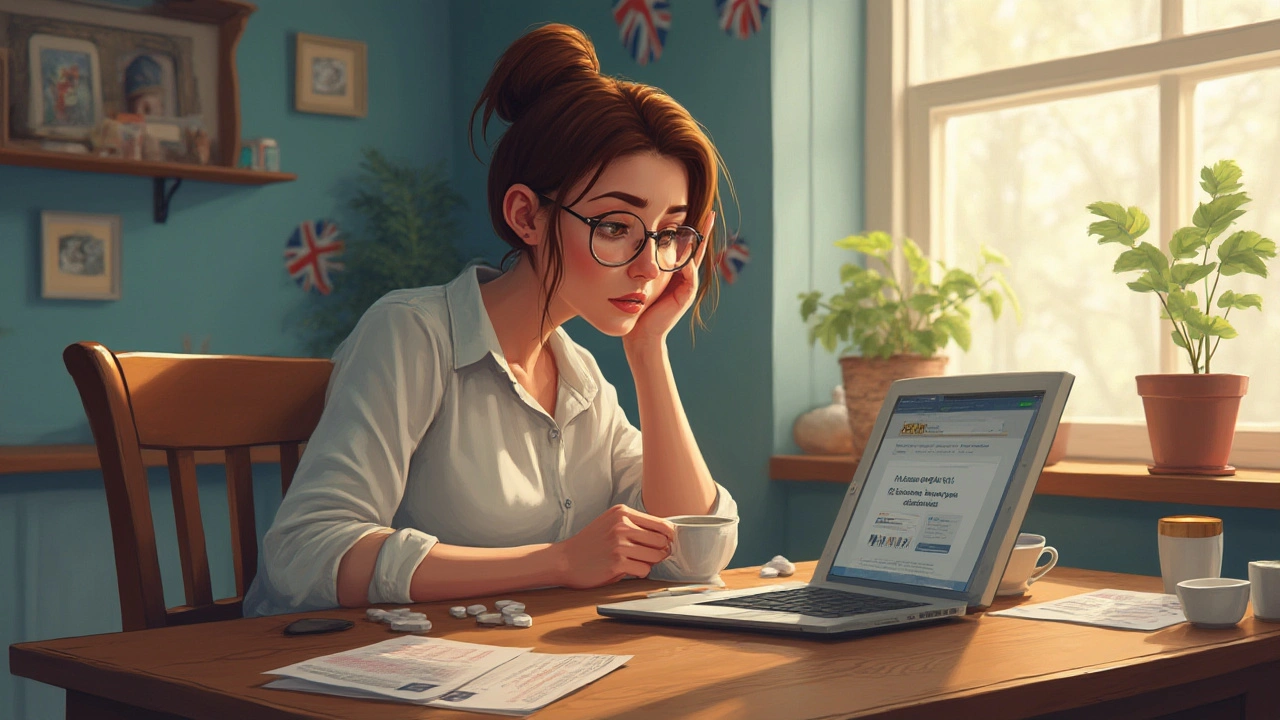Pharmacy Safety: Practical Tips for Buying and Using Medicines
Want to buy medicine safely or make sure your prescriptions are handled right? Pharmacy safety is about simple checks and smart habits—so you don’t end up with the wrong drug, a fake pill, or a risky interaction. Below are clear, practical steps you can use today.
How to verify an online or local pharmacy
Start by checking whether the pharmacy lists a real address and a licensed pharmacist you can contact. If a site hides contact info or only offers chat bots, treat it as a red flag. Look for site security (https:// and a padlock), a clear privacy policy, and visible licensing numbers. For U.S. buyers, sites accredited by programs like the state board or NABP are safer. Watch prices: a 30-day supply for 80–90% less than local pharmacies is often too good to be true.
Read real customer reviews from multiple places, not just the site’s testimonials. Ask yourself: can I reach a pharmacist by phone? Do they require a prescription when the drug usually needs one? Legit pharmacies will ask for valid prescriptions and may even refuse risky orders.
Practical safety tips when you get meds
When your package arrives, check that the medicine matches the prescription name, dose, and appearance. Look for tampering, missing lot numbers, or a strange smell. If anything seems off, don’t take the medicine—contact the pharmacy and your prescriber right away.
Store medicines exactly as the label says. Keep pills in their original container with the label intact so you always know what you have. Some drugs need refrigeration (insulin, certain biologics); most do not. Keep medicines out of reach of children and pets, and use a lockbox if needed.
Drug interactions are a common safety problem. Tell your pharmacist about all prescription drugs, over-the-counter meds, vitamins, and herbal supplements you take. A quick check can prevent serious reactions. If you switch pharmacies, ask them to transfer your medication record so interactions aren’t missed.
Dispose of expired or unused meds safely. Many communities have take-back programs or pharmacy drop-offs. Don’t flush meds unless the label tells you to; many can be thrown in the trash after mixing with an unappealing substance and sealing in a plastic bag—follow local guidance.
If you suspect counterfeit or harmful medicine, report it. Contact your local medicines regulator (FDA in the U.S.), your state board, or consumer protection agency. Keep the packaging and photos—those details help investigators act faster.
Pharmacy safety doesn’t require special knowledge—just consistent habits: verify, ask questions, read labels, store properly, and report problems. These small steps cut your risk and help keep your treatments working the way they should.

